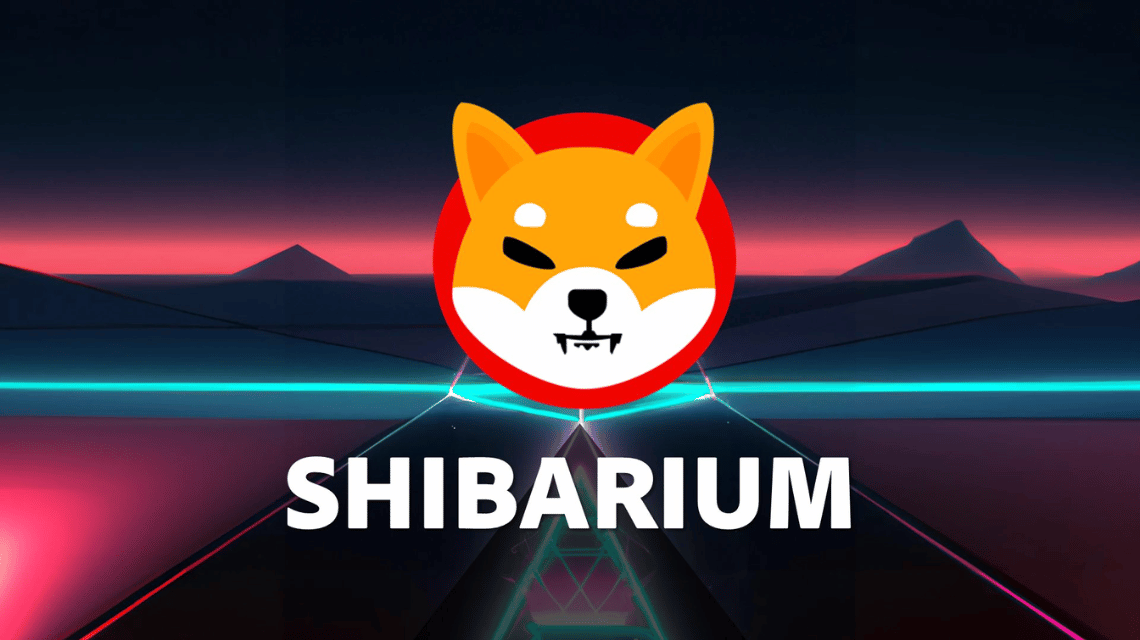Ben Armstrong, a well-known figure in the cryptocurrency space, recently discovered that Shibereum, the Layer-2 solution proposed for the Shiba Inu ecosystem, appears to be a "ripped chain" from Rinia. This surprising revelation indicates that the Shibereum developers might have copied the code from Rinia's testnet without permission, which is generally considered a questionable practice in the blockchain and cryptocurrency communities.
The Chain ID Controversy
The evidence pointing to Shibereum's connection with Rinia lies in the chain ID. Armstrong's findings reveal that the developers of Shibereum seemingly forgot to change the chain ID when deploying their Layer-2 solution. As any experienced blockchain developer would confirm, the chain ID is one of the first things to be changed when launching a new blockchain or Layer-2 solution. This oversight not only raises concerns about Shibereum's development practices but also highlights potential security risks and confusion that may arise due to the duplicated chain ID.
The Implications
While copying code from another project isn't necessarily a bad thing, it is crucial to obtain permission from the original creators and acknowledge their work. Moreover, it is vital to change identifiers such as the chain ID to prevent misunderstandings and maintain the integrity of the project. The fact that the Shibereum developers overlooked this essential step raises questions about the project's legitimacy and the team's attention to detail.
It is worth noting that Shibereum's connection to Rinia doesn't necessarily negate the Layer-2 solution's potential benefits for the Shiba Inu ecosystem. However, it does serve as a reminder of the importance of transparency and proper development practices in the world of blockchain and cryptocurrency.
Ben Armstrong's discovery of Shibereum's link to Rinia serves as a crucial reminder of the need for transparency and adherence to best practices in the blockchain and cryptocurrency space. While this revelation does not necessarily undermine the potential benefits Shibereum offers to the Shiba Inu ecosystem, it does emphasize the importance of maintaining high development standards and ensuring that all projects are built upon a solid and trustworthy foundation.
Shibarium: An Overview
Shibarium is a Layer-2 (L2) solution, initially proposed by Ryoshi, the enigmatic creator of the Shiba Inu ecosystem. Designed to address transaction fees and scalability issues, Shibarium aims to improve the overall user experience for those participating in the ever-growing Shiba Inu network. Not to be confused with a separate blockchain or a new Shiba Inu token, Shibarium is an enhancement that will be built on top of the existing Ethereum blockchain.
The Thin Line Between L2 And Own Blockchain
Although Ryoshi initially referred to Shibarium as a blockchain, it is more accurate to describe it as an L2 solution. Layer-2 solutions are built on top of an existing blockchain (in this case, Ethereum) and are designed to enhance its functionality, improve scalability, and reduce transaction fees. In a now-deleted blog post, Ryoshi drew parallels between Matic L2 and Binance Smart Chain (BSC), highlighting the thin line between an L2 solution and a separate blockchain.
The Importance of Lower Transaction Fees
One of the primary objectives of Shibarium is to significantly reduce transaction fees for users within the Shiba Inu ecosystem.
By offering lower fees, Shibarium has the potential to attract more users and developers to the platform. Furthermore, the Shiba Inu project lead, Shytoshi Kusama, mentioned in the Shiba Discord that Shibarium would provide low fees for every service, game, or project built on it, making it an attractive platform for developers and users alike.
Transactions on Shibarium are expected to be approved in seconds and cost only pennies, according to a blog post by Unification. Ryoshi even suggested that transaction fees on Shibarium might be minimal or non-existent, providing an additional incentive for users and developers to adopt the L2 solution.
Shibarium's Role in the Shiba Inu Ecosystem
As the Shiba Inu ecosystem continues to grow and expand its roadmap, Shibarium will play a crucial role in supporting various projects such as SHIB: The Metaverse and the Shiba Inu game. With several other initiatives in the pipeline, Shibarium's Layer-2 solution is poised to provide a solid foundation for the burgeoning Shiba Inu network.
Matt is the founder of TechMalak. When he's not buried face-deep in the crypto charts you can find him tinkering with the latest tech gadgets and A. I tools. He's a crypto investor and entrepreneur. He uses a mixture of A.I and human thought and input into all his articles on TechMalak, further merging man with machine.





